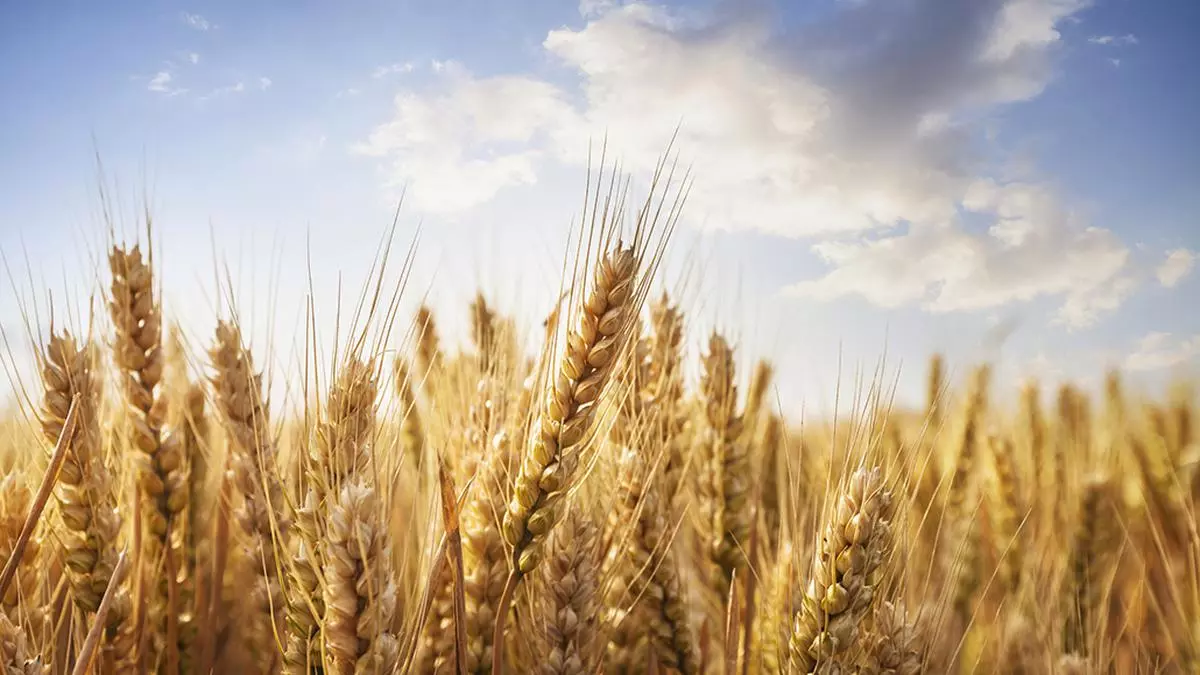How space-based technologies are transforming Indian agriculture
India’s agricultural sector is dynamic and plays a critical role in supporting the livelihoods of millions. But the country’s growing population exerts constant pressure on the sector to grow further as natural resources dwindle. Hence, improved planning and management is the need of the hour to ensure sustainable practices with minimal environmental impacts.
Space technologies are uniquely positioned to provide large swaths of accurate science coverage, insights, and data at repeated frequencies. This makes it an essential player to monitor such a vast and heterogeneous country as India and help improve crop monitoring, resource management, weather forecasting and overall agricultural productivity.
Through capabilities such as satellite imaging, remote sensing, geolocation, and communication, space technologies are able to enable accurate decision-making and change the way farmers, policymakers, and researchers approach agricultural practices. Here are some of the key areas where space technologies are driving the next wave of agricultural transformation:
Promote precision farming
Space-based technologies make use of Global Navigation Satellite Systems (GNSS) to enable precision farming and provide accurate positioning data. This allows farmers to accurately map their fields, identify potential areas for cultivation, and improve resource allocation. Farmers are empowered to not only adopt site-specific nutrient management and precise irrigation techniques but also to optimally plan crops and improve yields and resource efficiency.
In addition, satellite-based communication solutions also ensure seamless communication and data transmission in remote agricultural areas, meaning farmers can access real-time weather information, market prices and expert advice among other benefits. With improved communication, farmers can be better equipped with the knowledge to make informed decisions and enhance their overall productivity and income.
Revolutionizing crop monitoring
Satellite imaging and remote sensing are considered to be one of the most important contributions to Indian agriculture. Remote sensing satellites capture detailed data on land use, crop health and vegetation cover, allowing farmers and policy makers to monitor crop health and growth, detect disease outbreaks and identify areas of deficiency. For example, early detection of crop diseases through remote sensing data allows farmers to implement targeted pest control measures, reduce crop losses and reduce excessive use of pesticides.
Traditionally, spectral sensors have been used to take images of crops over large areas at specific wavelengths outside the visible spectrum. However, these commercially available sensors often lack the spectral quality required to identify and quantify small changes in plant physiology due to disease or environmental stress.
Hyperspectral imaging has shown the potential to change the way agriculture is managed.
Monitoring land and water resources
Space-based technologies play a vital role in nurturing agro-ecosystems due to their ability to continuously monitor land and water resources. By using satellite data, farmers can improve irrigation schedules, prevent water wastage, conserve groundwater resources and better gauge soil moisture levels and weather patterns.
By providing more information about soil health and risks of erosion and land degradation, these technologies can also help implement measures to enhance soil conservation and land restoration practices. Farmers become more willing to adopt sustainable practices, reduce environmental degradation, and contribute to food security in the long term.
Paving the way for PPP
The combination of space technology and new technologies such as artificial intelligence will ensure that governments, companies and research institutions can work together to develop innovative solutions that address the challenges faced by the agriculture sector. For example, the use of AI algorithms in combination with satellite data can enable predictive analytics of pest and disease outbreaks.
The continued integration of emerging technologies can pave the way for public-private partnerships (PPPs) in agriculture, encourage sustainable practices and inclusive growth and ultimately help farmers better contribute to the country’s food security and economic development.
In conclusion, space technologies are emerging as game changers in the Indian agricultural sector, providing valuable insights and data like never before and we will see it increase from now on. The potential of space technologies to drive transformation of the Indian agricultural industry is limitless, and it will be exciting to see how they continue to shape the sector in the years to come.
The author is the CEO of Pixxel
